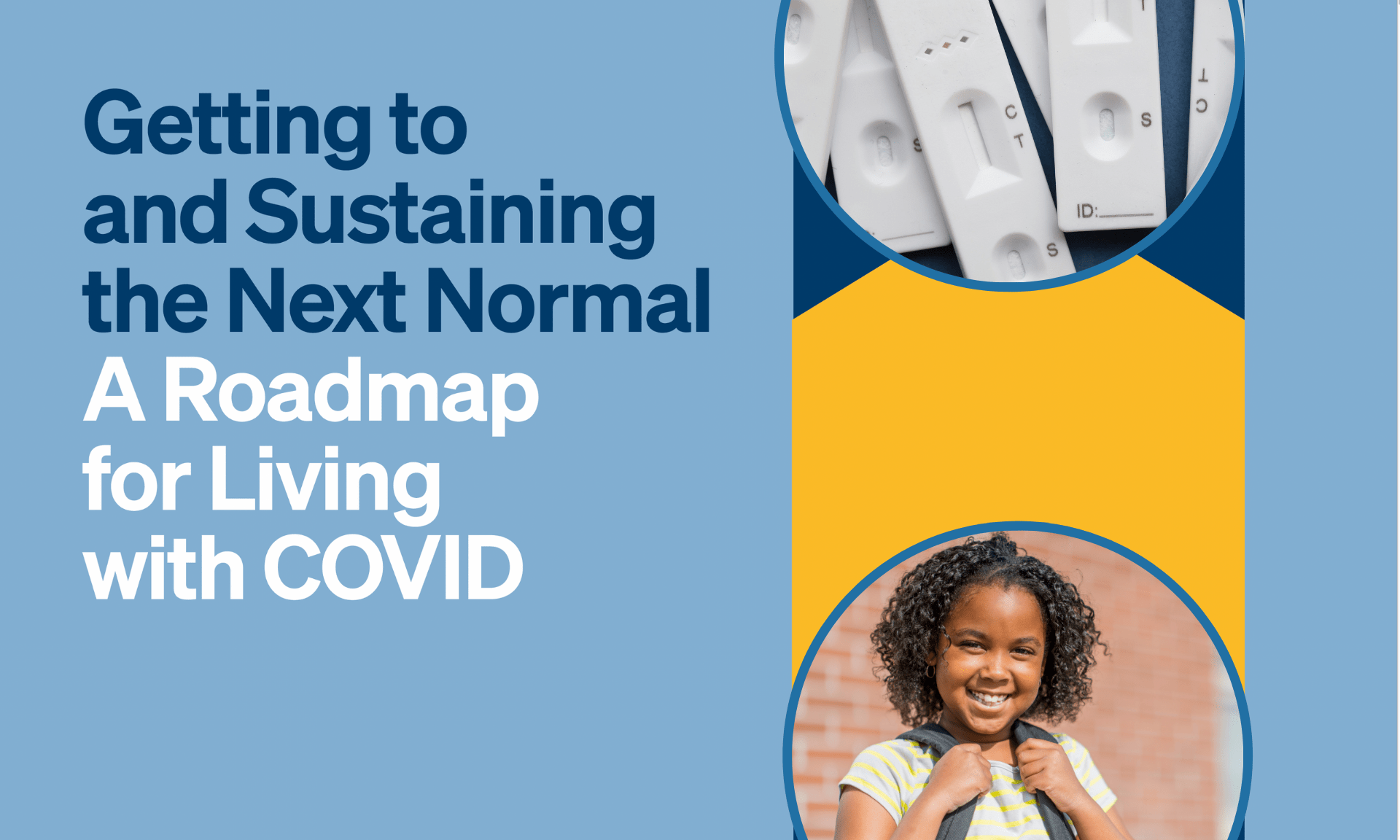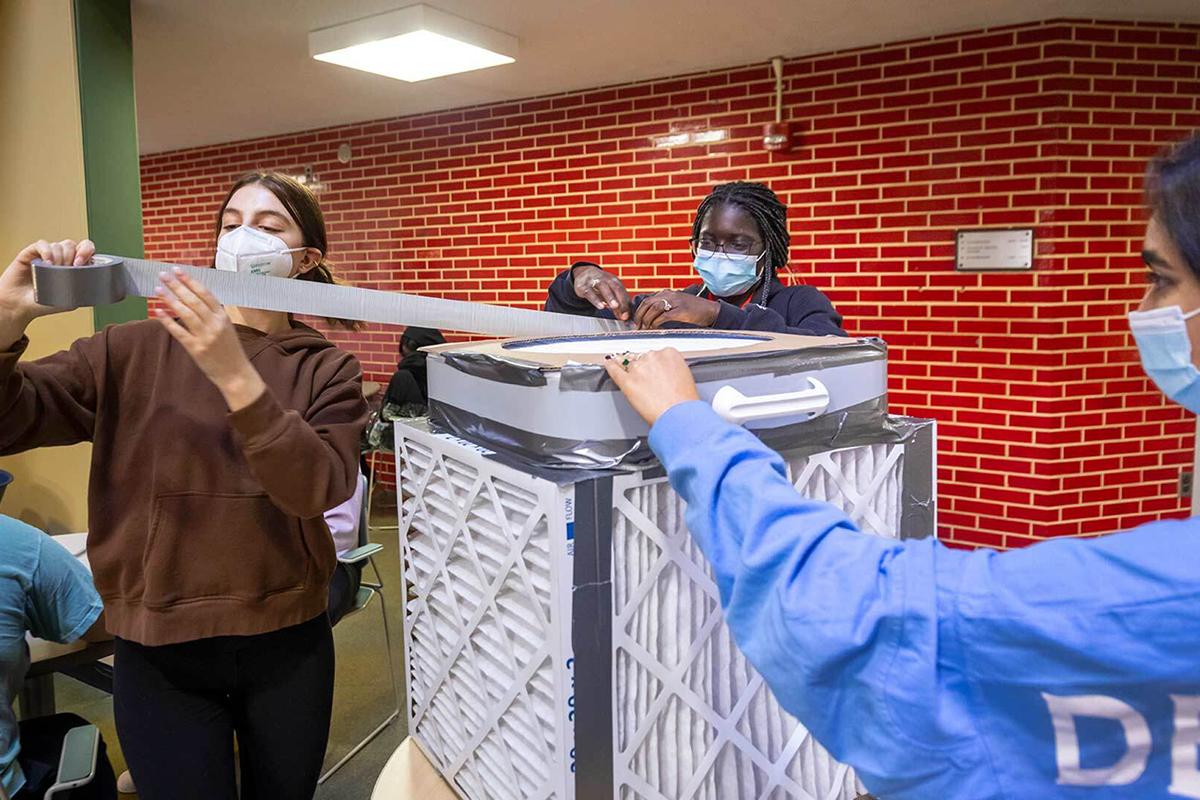
More than two years after the World Health Organization declared COVID-19 a global pandemic, the coronavirus is still killing more than 1,000 Americans a day. And while the situation in the country has been improving, Americans must still navigate decisions about when and how to safely return to different activities and routines that were taken for granted in our pre-pandemic lives.
A new report released on March 7, 2022 provides guidance for how we can reduce COVID-19 risk and transition to the next “normal.” The Roadmap for Living with COVID-19 was authored by more than two dozen of the world’s best epidemiologists, pharmacologists, virologists, immunologists, and policy experts, including Dr. Don Milton, professor of environmental health in the UMD School of Public Health.
SARS-CoV-2 is primarily spread through indoor air. Ventilation and air filtration lower virus concentrations and reduce the likelihood of transmission. Fans and filters should be used far more to protect children, workers, and others from Covid and other viral infections.

The report acknowledges that eliminating COVID is not a realistic goal and offers strategies to mitigate its effects. These include improving indoor air quality to reduce transmission of SARS-CoV2, its variants and other viruses, a strategy for which Dr. Milton has been a leading voice, as well as increasing availability of therapeutics and helping those with long COVID.
The report also outlines the need to broaden the focus to other respiratory diseases and build the infrastructure and systems the country needs to reduce both the risk of another pandemic and the consequences if one occurs. These needs include improvements and investments in public health and health data infrastructure, more support for the healthcare workforce, better government coordination of public health communication and its ability to combat misinformation and strategies to make schools and workplaces safer.